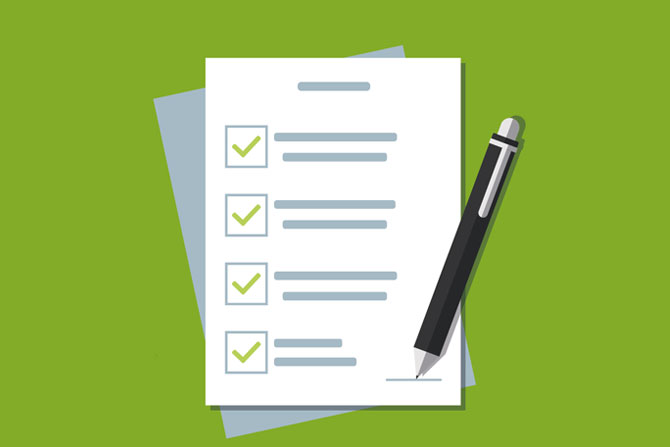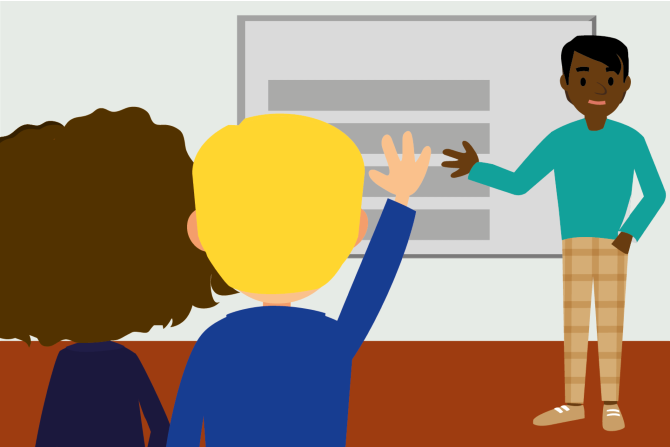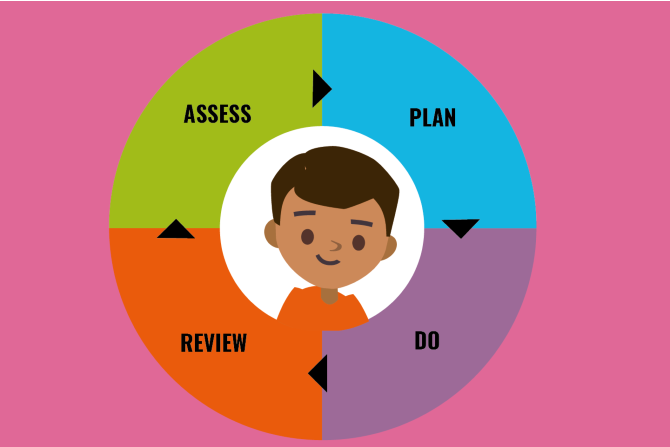This section considers how best to support young people with Speech, Language and Communication Needs (SLCN) to be included in school.
Young people with Speech, Language and Communication Needs (SLCN) have difficulty in communicating with others. Difficulties may be experienced with:
- using clear speech
- listening to and understanding language
- talking in words and sentences
- social interaction
- fluent speech (stammering)
- eating and swallowing
Difficulties may be due to hearing impairment, cleft palate, physical difficulties, learning difficulties or Autism Spectrum (ASD).
For some young people there may be no obvious explanation for their difficulties and they may be diagnosed with Developmental Language Disorder (DLD).
DLD affects about 7% of pupils, meaning that in a typical classroom, two pupils will have DLD, but they may not yet have been identified. Pupils with DLD will need on-going support and adjustments to the delivery of the curriculum in order to achieve their potential.
The information leaflets below provide further information to help identify and support young people with DLD:
Further information about DLD
- Afasic – DLD information and resources
- Raising awareness of DLD (RADLD) – introduction to DLD (video)
- University of Oxford – how the term DLD was agreed and why it is so important (video)
- NAPLIC – DLD related resources
A number of fact sheets about speech, language and communication and associated conditions can be found on the Royal College of Speech and Language Therapists website.
Please refer to the sections on cognition and learning and social, emotional and mental health if the young person also has needs in these areas that require additional support.
If a young person speaks English as an Additional Language this is not considered to be a special educational need (although a young person may have co-occurring needs). Please contact the Ethnic Minority and Traveller Achievement Service (EMTAS) if advice is required.


